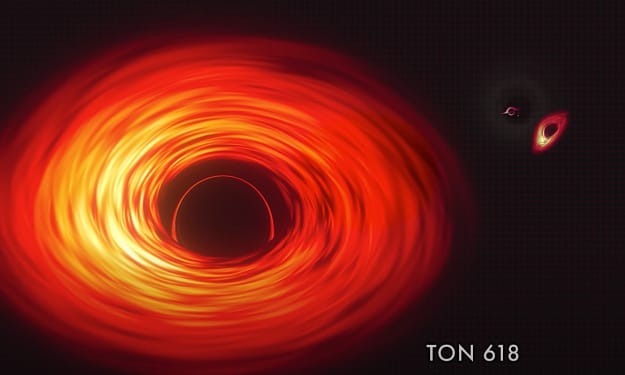
Suppose you were an outsider
who was visiting the Earth interestingly from another world.
Envision just visiting the US and never visiting some other part
of the World's surface.
That is basically how we've managed the Apollo missions, truly been capable
to do superb and historic science with the examples gathered
during the Apollo missions.
Yet, once more, we visited just a tiny piece of the lunar surface.
The way that I consider it will be it's what might be compared to,
you know, arriving on The planet and getting rocks from Kansas.
It would give us understanding into one specific area on the earth,
in any case, not the least bit the variety of what
we see on the Earth, what we know is available on the Earth.
So the capacity to go to an alternate site, an alternate area, get unique
tests, will simply enhance what we've previously gained from our Apollo tests.
There's a great deal left to be found out about the moon,
what's more, it begins with the South Pole,
Artemis space travelers will satisfy
an alternate mission in an extraordinary climate.
While the Apollo space explorers who visited the moon's surface between 1969
also, 1972 arrived close to the equator.
Artemis Space travelers will dare to the moon's South Pole area
bone chilling, tough and with special light and obscurity,
conditions that make it an optimal area for investigation.
The South Pole area is likewise home to the edge of the moon's biggest,
most seasoned and most profound pit called South Pole Aitken.
It takes up very nearly a fourth of the moon and is so profound it
uncovered bits of the moon's inside.
Definitely, the South Pole is it's interesting.
There are a few extremely interesting sorts of rocks that are at the South Pole
that will permit us to comprehend
the whole history, of the moon, however possibly of the nearby planet group
from the beginning in lunar history.
We feel that there was this expanded period or exceptionally extreme
time of gigantic material raising a ruckus around town of the moon, making
these truly huge cavities or
goliath openings, which we really call bowls.
So getting an example of effect liquefy from this bowl
would sort of assist us with organizing that early timeframe.
The Moon's South Pole district has assets that are essential for long haul investigation
since the moon is scarcely shifted comparative with the sun.
The sun floats into the great beyond at the South Pole.
Envision an electric lamp turned on laying on a table.
That is the way the sun enlightens the South Pole.
Light at the South Pole strikes at such a low point,
it brushes just areas of higher height, for example, hole edges.
These areas have daylight for stretched out timeframes to bridle for power.
Simultaneously, the bottoms of some profound
pits are covered in steady murkiness.
Researchers have estimated
the coldest temperatures in the nearby planet group inside these pits,
which have become known as ideal conditions for protecting water for ages.
Over the long run,
there is individual atoms of water and carbon dioxide
furthermore, different gases that really skip around the outer layer of the moon.
Furthermore, when they get to one of these virus spots, they really stall out.
However we call those spots cold snares.
Also, assuming you do that for millions and even billions of years, you can
all things considered develop a really critical store of water and different frosts.
According to an investigation viewpoint, on the off chance that we can comprehend
exactly how much water there is
also, where it is and how to get it out of the regolith of the moon,
we can transform it into truly significant things like drinking water
for space travelers and even rocket fuel to bring them back home.
So truly understanding these assets and how to utilize them
is one of the goals of the Artemis program
also, it makes the South Pole of the moon so energizing.
We know the moon exhaustively,
much obliged to a great extent to NASA's Lunar Observation Orbiter, or LRO.
LRO has been circumnavigating the moon starting around 2009.
It's the longest lived shuttle there.
Through huge number of circles and information from seven instruments,
LRO has planned the moon's temperature, topography, radiation climate
also, is giving knowledge on how the moon is changing over
time.
LRO is driven by Dr.
Noah Petro, a planetary geologist at NASA's
Goddard Space Flight Center.
LRO is this staggering machine.
It was sent off in 2009 as the chance to return to the moon, to make this
three layered, high goal, top quality chart book of the Moon.
Where are there safe landing destinations for human and automated travelers?
So the thing LRO is doing is truly giving us the apparatuses,
the material, the information we really want to make those missions fruitful.
For some
years, LRO's circular circle was nearest to the moon during the rocket's
ignore the South Pole.
So researchers have more d
About the Creator
Enjoyed the story? Support the Creator.
Subscribe for free to receive all their stories in your feed. You could also pledge your support or give them a one-off tip, letting them know you appreciate their work.






Comments
There are no comments for this story
Be the first to respond and start the conversation.